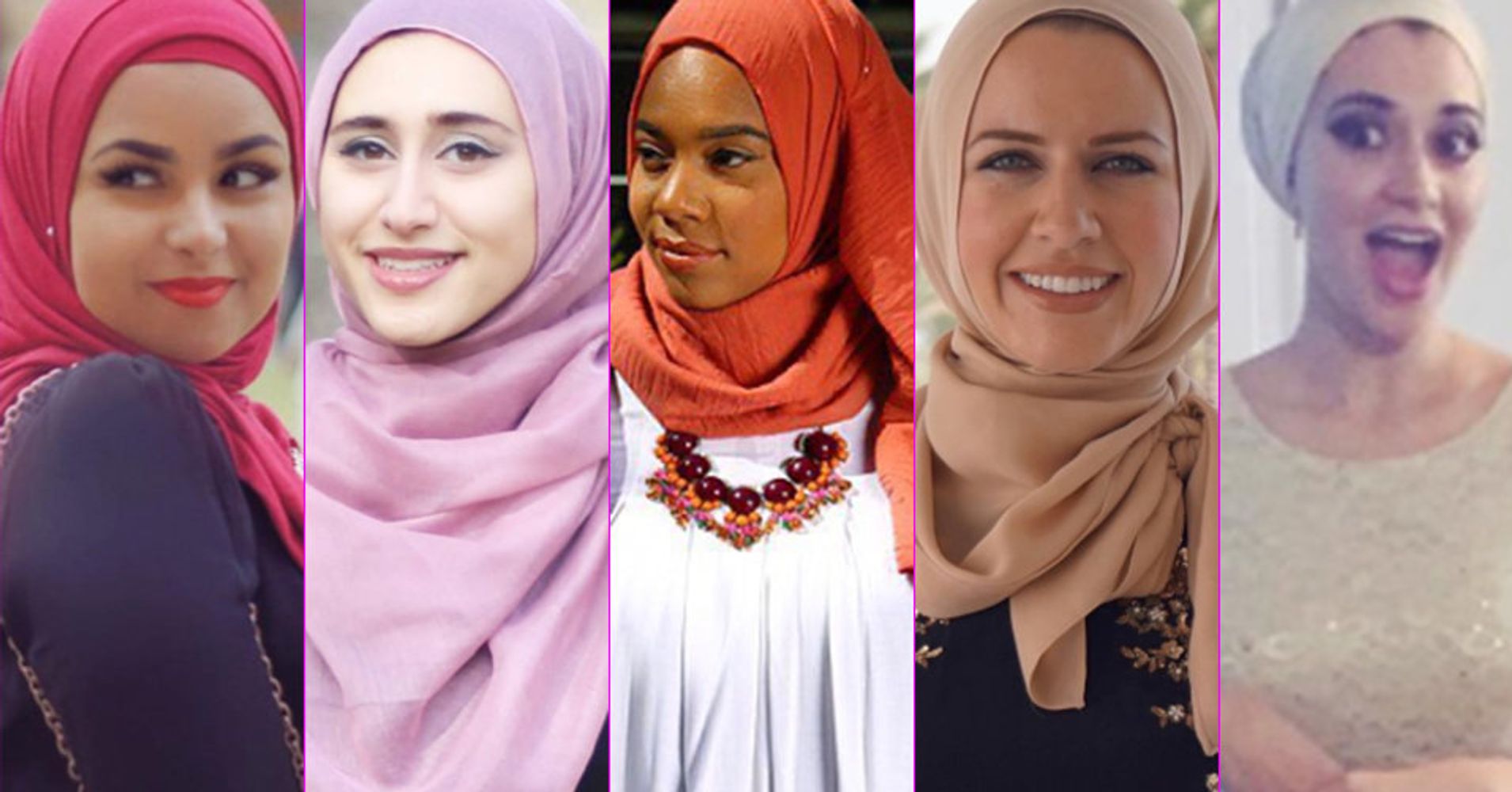The hijab is a traditional headscarf worn by many Muslim women all over the world. It is a symbol of modesty and religious devotion that has been around for centuries. Wearing a hijab can be a personal choice made by an individual woman, or it can be part of a cultural tradition. In some countries, wearing the hijab is compulsory for all female citizens. Despite the controversy associated with it, there are many reasons why wearing a hijab can be beneficial to individuals and their communities.
Islamic Beliefs & Obligations
Islamic beliefs and obligations are rooted in the teachings of the Quran, the Muslim holy book. Muslims believe strongly in God and His presence in their lives. As such, they take on significant responsibility to adhere to certain obligations as outlined by Islamic scripture. One obligation that is upheld by millions of Muslim women around the world is wearing a hijab, which serves as a physical reminder of their faith and commitment to Allah.
The hijab is more than just an article of clothing; it is also a form of obedience that represents modesty, spirituality, dignity, and respect for oneself and others. Additionally, wearing a hijab can help protect against unwanted attention from men and serve as an outward expression of commitment to Islamic values such as humility before Allah.
Social Interaction & Respect
When it comes to social interaction in a society, respect is always at the forefront. Respect for people displaying different cultural customs and beliefs should be of utmost importance, especially when discussing topics like hijab wearing. Wearing a hijab has long been part of Islamic culture but has become increasingly visible in modern society. It is important to remember that social interaction should involve respecting those who choose to wear the headscarf and not dismissing them for their beliefs or practices.
The Muslim hijab is an integral part of many women’s identities and can be viewed as an outward expression of their faith. Hijab wearing can also be seen as a sign of respect for one’s self, as well as respecting others by covering up rather than showing off parts of one’s body that may make someone uncomfortable or seem inappropriate in public spaces.
Cultural Identity & Pride
Cultural identity and pride are two important concepts that, when woven together, can create a powerful source of self-expression. Wearing a hijab is an example of how individuals can demonstrate their cultural heritage and sense of pride in their faith. A hijab is an Islamic veil worn by many Muslim women as a symbol of modesty and privacy. For many women, the decision to wear a hijab reflects the importance they place on their faith, culture, and personal identity.
Wearing a hijab can be seen as an act of empowerment for many women who choose to take part in this religious practice. Donning the headscarf can be seen as an outward display of commitment to one’s faith and respect for cultural values held dear. It is also seen as a sign of strength among some communities that view those who don the veil with admiration and respect.
Personal Reflection & Self Expression
Personal Reflection & Self Expression is an important parts of wearing a hijab. Wearing a hijab is not only a religious obligation but also an act of self-expression and identity. A woman’s choice to wear the hijab is often deeply personal, reflecting her individual beliefs, values, and lifestyle. It can be seen as an outward expression of one’s identity and commitment to their faith. The hijab also serves as a protection from unwanted attention and advances that come with living in an open society where women are often objectified or judged based on their physical appearance. Furthermore, the veil has historically been seen by many Muslims as symbolic of modesty and privacy; it allows the wearer to express themselves while still maintaining respect for traditional Islamic values.
Modesty & Religious Significance
Modesty and religious significance are two important factors when discussing why women choose to wear the hijab. For many Muslim women, the hijab is a symbol of their faith and devotion to God, representing modesty and humility. Not only does wearing the hijab demonstrate spirituality in Islam, it also serves as a reminder for both men and women to be modest in their behavior.
The Quran discusses modesty extensively; its teachings emphasize covering up certain parts of the body from public view. This has been interpreted by some as requiring female followers of Islam to cover their hair with a headscarf or veil known as the hijab. While there is no single interpretation of what constitutes modesty – it can range from full-body coverage to simply covering one’s hair – all interpretations are based on Islamic scripture and tradition.
Conclusion
At the end of a long debate over why women choose to wear a hijab, it is important to recognize that the decision to do so is ultimately one that is personal and unique. Every woman should have the right to make her own choice, without fear of judgment or persecution.
The reasons why women choose to wear a hijab vary from person to person, but they all stem from an underlying desire for self-expression and respect. Whether it’s for religious purposes, cultural preferences, or simply personal style choices, wearing a hijab can be seen as an act of empowerment. Women should feel empowered and encouraged in their individual decisions about how they want to dress.
It is our responsibility as members of society to ensure that any woman who chooses to wear a hijab does so free from judgment and criticism.

Leave a Reply